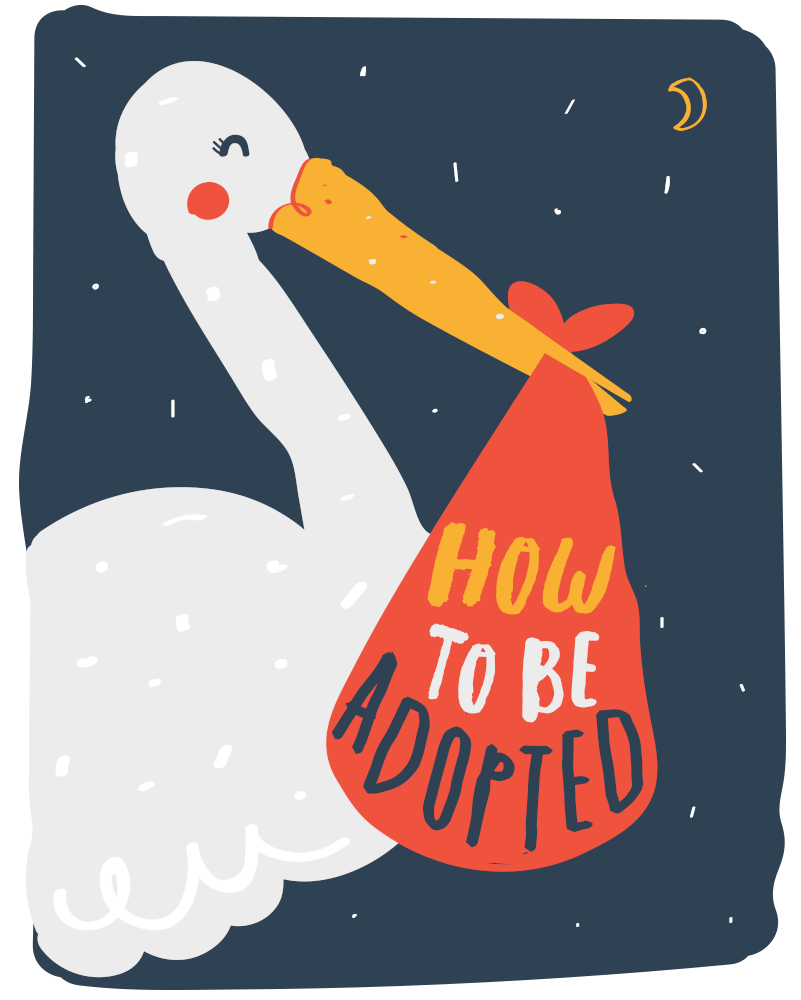Top 5 take-aways from The Open Nest conference 2017
Myths and Monsters of the Child Protection System: examining truth, identity and belonging through poetry, film and photography.
This was my first adoption-related conference, and what a banger! Sombre surroundings in the Foundling Museum’s picture gallery, with a line-up packed with talent and courage. We heard from adult adoptees and care leavers, adoptive parents, kinship carers and Professors Anna Gupta and Brigid Featherstone – all wrapped up with an improvised, impassioned speech from Lemn Sissay.
Here are my top 5 take-aways, with tips for adoptees and links for further reading:
1. The power of stories
Storytelling is part of the human condition. A great story is more powerful and persuasive than facts and figures. Yet the dominant stories we hear about adoption and child protection are not the whole picture. Those in control of the narrative – professionals, policy makers and adoptive parents, create them.
This is why it’s crucial that we, as adoptees, tell our stories. And not just us but first families too. Birth mothers, in particular, deserve better stories. As photographer Lizzie Combes said If you don’t see yourself reflected (or you don’t see yourself reflected positively) this can be hugely problematic. It creates stigma and is very damaging to self-esteem.
The Open Nest project with birth mothers was incredibly powerful and I would love to see the Poem Portraits in a public exhibition, if not on a bus or tube poster. I’d also like to hear from first fathers, who rarely appear on mainstream programmes such as Long Lost Family.
2. The importance of language
For many looked after children, the only information they have about their early years is in their file. A file is a collection of documents written by strangers using professional wording (aka jargon).
Families can be misrepresented if social workers are not careful about the language they use in meetings and reports. This is people’s lives, history and heritage we are talking about. Once something is written down, it becomes more credible even if it is not a fact.
When negative language is used about birth parents, children can grow up fearing this “lurking” presence, which can bring on feelings of shame. If my birth parent is a bad person, does that mean I am too?
The advice for social workers is: remember the human in front of you. Can you switch to assuming the positive rather than assuming the negative about this person?
3. Movement and creativity can ease trauma
Trauma is held in the body, and in order to live fully we need to get it out. Rebekah Ubuntu said moving her body is not a “nice to have”, it’s what keeps her alive. She recommended sport and dance as good examples. I would add yoga to this list, and I would love to hear how you use movement to deal with trauma and anxiety.
Rebekah Ubuntu leads questions and answers
Creativity was one of the themes of the conference, and Lemn Sissay stressed the importance of art in all its forms. He said creativity is not “for someone else” or “just for artists”; it’s at the heart of who we are. Many of the speakers used poetry, imagery and Rebekah Ubuntu showed a heart-breaking film shot at her mother’s graveside.
4. All families are dysfunctional
I could have punched the air at this point. What a refreshing, freeing statement. Thank you Lemn Sissay!
As Lemn said, let’s not kid ourselves that adopted children are going from dysfunctional birth families into functional adoptive families. That all families are in some way dysfunctional is a universal truth that is not acknowledged.
So why haven’t some people made this connection? It’s too scary to admit we are all fundamentally the same.
5. Keep talking and hugging
Silence + shame = a dangerous combination. That the two are a lethal mix seems obvious, but both are incredibly pervasive in adoption. Lemn later added: “silence is not resilience”. It’s damaging to grow up in a family where adoption is rarely discussed; the elephant in the room.
Silence is the enemy / Clogged into throats
When Lemn Sissay went to live in a children’s home he was not hugged. Worse than that, he said, was the lack of acknowledgement that what he needed was a hug. Imagine the emotional resilience of a child who lives without touch.
Now, if you’ve read this far go and give someone in your dysfunctional family a big hug.
Thomas Coram peeking out from behind Lemn Sissay in the Foundling Museum picture gallery
The Open Nest founders and trustees have big open hearts and I am so happy the charity exists. Please support them if you can, this is incredibly important work that truly makes a difference.
Useful resources:
Brene Brown is amazing on stories
AdopteesOn is a podcast where adoptees speak about the adoption experience
Lemn Sissay's Origin Stories on Radio 4
Kristen Neff on common humanity and self-compassion
The Primal Wound, Nancy Newton-Verrier


